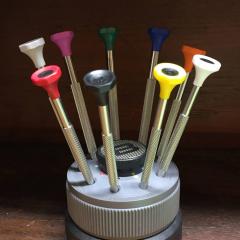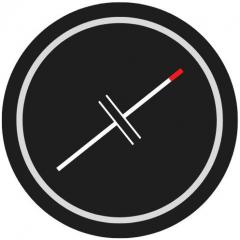-
Recently Browsing
- No registered users viewing this page.
-
Topics
-
Posts
-
We need to identify the movement to help you, but the oldest of these Rolco watches use Aegler-Rebberg movements that lack a calibre number and are very difficult to identify. You may end up having to make or modify a stem to fit . Post pictures of both sides of the movement when you have it and the size of the movement and hopefully it’s one that has a calibre number. Gruen used a lot of the same Aegler movements at the time and it’s worth comparing your movement with those if you can’t find it labeled as an Aegler or Rolex/Rolco calibre. Best Regards, Mark
-
By Neverenoughwatches · Posted
Onlly a pro's eye would notice that OH, you've still got it old fella 🙂 -
The triple lobed spring, as you suggest needs to be rotated to remove it or replace it. Suitably shaped pegwood should suffice, but tools (shaped as you describe) for the purpose also exist. If you have an assorted of replacement springs, a trilobe style KIF spring of the right size might fit. The other spring securing the jewel also needs rotating. There is a slight opening in the setting at about the 5 o’clock position in your photo and one side of the spring should be able to be removed there when rotated into position. Hope that helps, Mark
-
As an update, it transpired the setting on the balance side, with the jewel had one flat end and one curved. When I rotated it enough it popped out. The chaton was entirely conical and a tricky customer but once lubricated and dropped back in I put the flat edge in first and poked it in with the peg wood tool mentioned above (I made it with flattening off the end then sizing with a pencil sharpener before poking a hole in the end) then rotated and it went in well. For the other side, magnet searching for the spring has been fruitless. thanks for the link to the other thread
-
Thank you. It didn’t look rusty. For sure old. Female part was inside the movement, and when I pushed male part, it got broken. I didn’t apply grease. Here is the photo. Could it be that male part is too thick for some reason?
-







Recommended Posts
Join the conversation
You can post now and register later. If you have an account, sign in now to post with your account.
Note: Your post will require moderator approval before it will be visible.